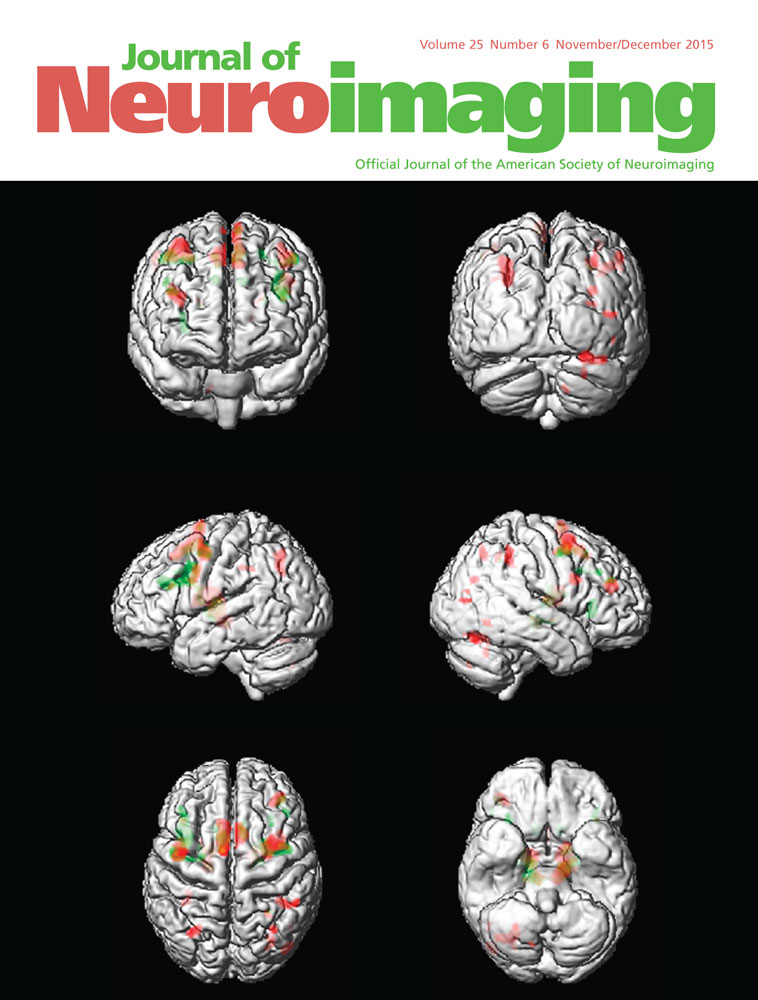Significance of Raised Flow Velocity in Basilar Artery in Patients with Acute Ischemic Stroke: Focal Stenosis, Coexistent Stenosis, and Collateral Flow
Jingxin Zhong and Xiang-Yan Chen equally contributed to this study.
Disclosures: None.
ABSTRACT
BACKGROUND AND PURPOSE
Increased cerebral blood flow velocity of basilar artery (BA) is common but often neglected. By using digital subtraction angiography (DSA) to detect intracranial large artery stenosis, we performed transcranial Doppler (TCD) to evaluate cerebral hemodynamic changes of stroke patients.
METHODS
Acute stroke patients with TCD-detected raised peak systolic velocity (PSV) in BA (≥100 cm/second) were recruited.
RESULTS
Among 91 recruited patients, BA stenosis (>50%) was confirmed by using DSA in 29 patients (32%), among which 20 patients (70.0%) had coexistent internal carotid artery (ICA) and vertebral artery (VA) stenoses. Among patients without BA stenosis (n = 62, 68%), severe stenosis or occlusion of ICA was evaluated in 22 patients (22/62, 35.4%) and severe stenosis or occlusion of VA was detected in 22 patients (22/62, 35.4%). Among the values of PSV (120, 140, 160, and 180 cm/second) and the stenotic-to-prestenotic ratio (SPR) (1.5, 2.0, 2.5, and 3.0), 160 cm/second was found to show the highest predictive value (area under the receiver operator characteristic curve: .75, 95% CI: .65-.86), with a sensitivity of .70 and a specificity of .81.
CONCLUSIONS
Apart from an intrinsic BA stenosis, high-grade steno-occlusion of ICA or VA may contribute a lot to induce an elevated flow velocity in BA. A higher value of cutoff point may increase the accuracy of diagnosing BA stenosis.




